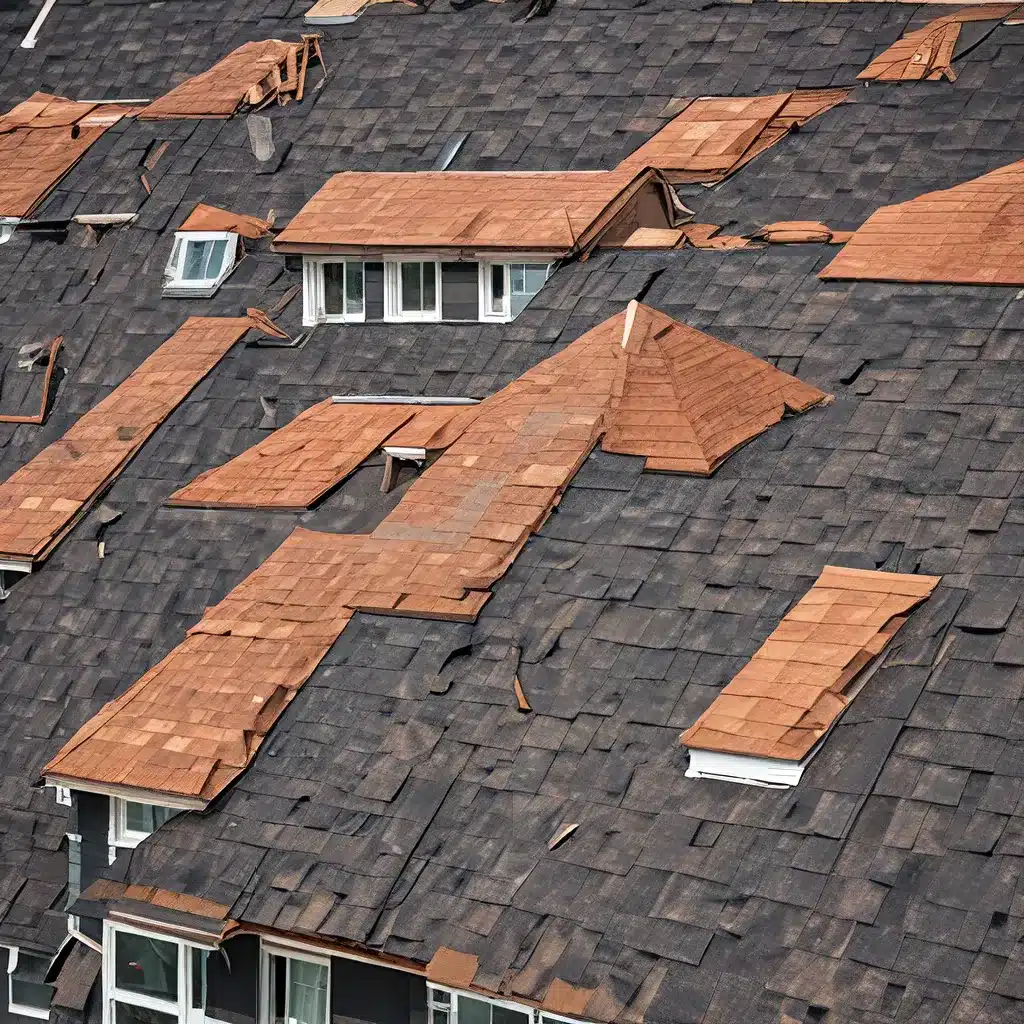
When it comes to home renovations, a roof replacement can be one of the biggest projects you’ll ever tackle. But before you dive in, it’s crucial to understand the ins and outs of budgeting for this major investment. As a homeowner in Canada, I’ve been there – and let me tell you, it’s not always as straightforward as it seems.
Factors that Influence Roof Replacement Costs
The cost of a new roof can vary widely, depending on a few key factors. Let’s break it down:
Roof Size: The bigger your roof, the more you’ll need to shell out for materials and labor. A 3,000 square foot roof, for example, could set you back anywhere from $13,000 to over $40,000, depending on the other variables.
Roof Type: The type of roofing material you choose makes a huge difference. Asphalt shingles are the most budget-friendly option, while metal, slate, and wood shake roofs can be significantly more expensive.
Roof Pitch and Complexity: A steep, multi-layered, or otherwise complicated roof design will naturally cost more to replace than a simple, flat one. The extra effort required by the contractors drives up the price.
Location: Roof replacement is generally more expensive in urban areas with a higher cost of living. In rural areas, the added effort to get materials and workers to the site can also inflate the costs.
Understanding the Full Scope of Costs
It’s not just the roof itself that you need to factor into your budget. There are a few other important components to consider:
Removal and Disposal: The cost to safely remove and dispose of your old roofing materials is usually included in the overall quote. However, you may be able to save a bit by handling this part yourself if you have access to the necessary equipment and disposal sites.
Gutter and Downspout Replacement: If your roof is older, it may be a good idea to replace the gutters and downspouts at the same time. This can help ensure proper water drainage and prevent future issues.
Structural Repairs: Your roofing contractor will inspect the underlying structure, including the rafters and trusses. If they find any rot or damage, repairing or replacing these components can significantly increase the project cost.
Permits and Inspections: Don’t forget to factor in the cost of any necessary permits and inspections required by your local municipality. Skipping this step can lead to costly issues down the line.
The Benefits of a New Roof
While the upfront cost of a roof replacement can be daunting, it’s important to consider the long-term benefits. A new roof can:
- Protect your home from leaks and water damage, preventing costly repairs.
- Improve your home’s energy efficiency, potentially lowering your utility bills.
- Increase your home’s resale value, making it more attractive to potential buyers.
- Provide better protection against fire and severe weather.
- Qualify you for home insurance discounts or government incentives.
Financing Options for Your Roof Replacement
With the high price tag, you’ll likely need to explore financing options to make your roof replacement project a reality. Here are a few possibilities to consider:
Personal Loans: These provide quick funding and often have lower interest rates than credit cards, but they may be too restrictive for a major home improvement like this.
Home Equity Line of Credit (HELOC): A HELOC allows you to borrow against the equity in your home. It’s a variable-rate loan with interest-only payments, which can be a flexible option for a roof replacement.
Government Incentives: Depending on where you live, you may be eligible for grants, tax credits, or other incentives to help offset the cost of a new, more energy-efficient roof.
Preparing for the Unexpected
No matter how well you plan, there’s always the potential for unexpected challenges to arise during a roof replacement project. That’s why it’s crucial to build in a buffer of at least 20% on top of your initial budget.
Things like material shortages, weather delays, and hidden structural issues can all throw a wrench in your plans and drive up the final cost. By anticipating the unexpected, you’ll be better equipped to handle any curveballs that come your way.
Finding the Right Roofing Contractor
Choosing the right roofing contractor is one of the most important decisions you’ll make throughout this process. Do your due diligence by:
- Getting multiple quotes and comparing not just the bottom line, but the itemized breakdowns.
- Checking the contractor’s credentials, licenses, and insurance coverage.
- Reading online reviews and asking for references from past clients.
- Ensuring they obtain all necessary permits and follow local building codes.
Remember, the cheapest option isn’t always the best. A reputable, experienced contractor may cost a bit more, but they’ll deliver higher-quality work and better customer service – which can save you a lot of headaches (and money) in the long run.
Wrapping Up
Budgeting for a roof replacement in Canada is no simple task, but with careful planning and a realistic understanding of the costs involved, you can ensure a successful project. Don’t be afraid to do your research, ask plenty of questions, and build in a buffer for the unexpected.
And if you’re in the market for a new roof, be sure to check out Southern Roofing Co. – they’re a trusted, local roofing contractor that can help guide you through the process from start to finish.